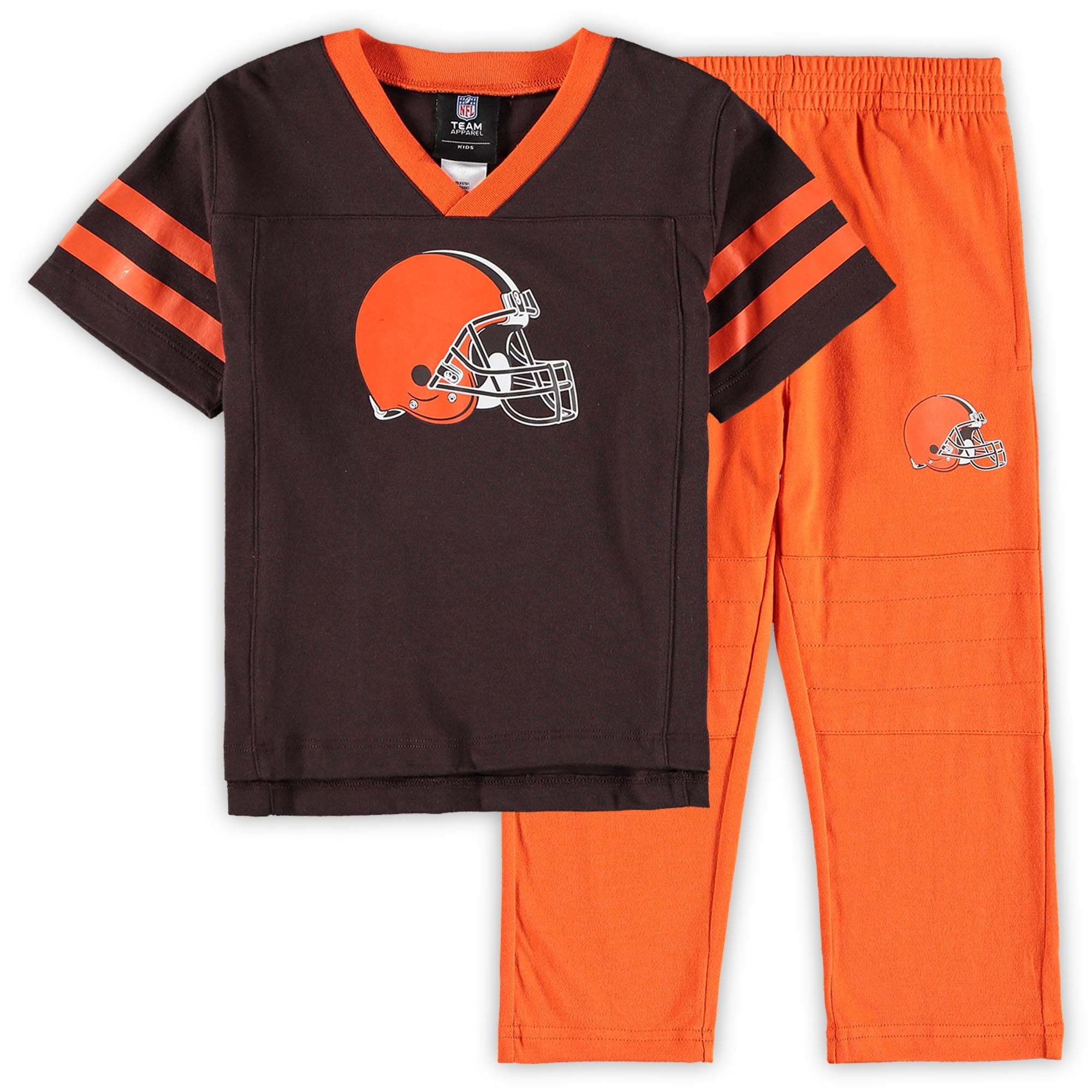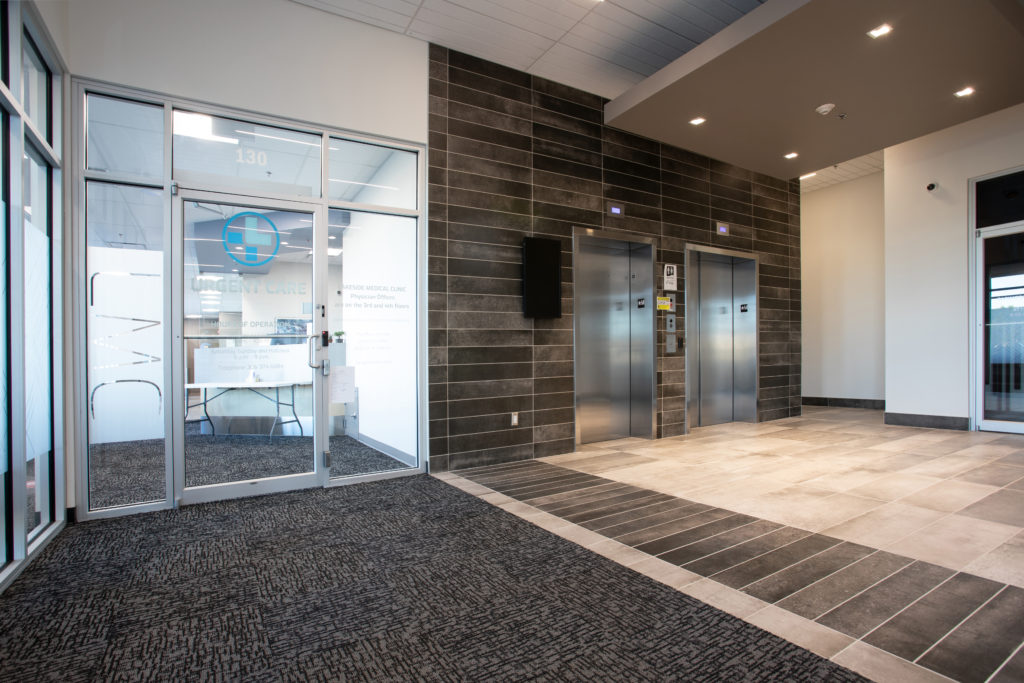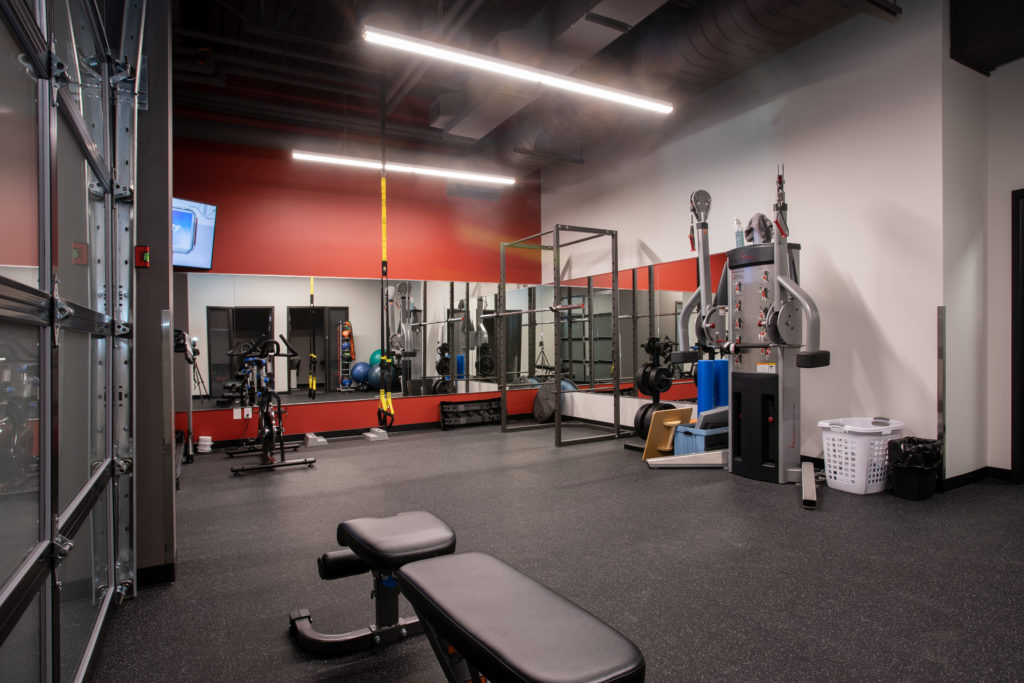Table of Content
Again, we'll assume you've already checked that it's a compatible device before you buy – not all smart home products are. Move the speaker or display to a different location. This will rule out any interference in the area which may be causing the SSID to not broadcast properly. If you can successfully connect to the Google Nest or Home SSID in your Wi-Fi settings, open the Google Home app and then set up the device again. Reconnect the power cable back into your speaker or display.
During development, you can build and test the app by loading it on your own hosting server or local development machine. In production, Google hosts your app in a secure JavaScript sandbox environment on the user’s Google Home or Google Nest device. And you can search and browse for content across Chromecast-enabled apps right in the Google Home app anytime -- just look for the magnifying glass icon in the bottom right hand corner.
Local fulfillment
I tried copying the code to a word doc and that didn’t work. I’m guessing Windows Notepad is a good way to handle that. If you control them through Google home it won't be local -- it will have to utilize the cloud. Integrate your devices with Matter and connect your Matter devices with Google . You're now able to learn, build, and test your Matter integration in one place. Check out the overview before getting started.
After discovery, IPv6 addresses are returned in the AAAA records and key/value pairs are returned in the DNS‑SD TXT record. Whenever the Commissioner connects to the Commissionee, both will configure unique IPv6 link-local addresses, enabling connection at the Wi-Fi layer. At this point the discovery continues as in the same case of the DNS-SD method covered in the next section.
Meet the updated Google Home.
Devices Find all your devices quickly in a simple list view. See if your office light is on or your kitchen speaker is still playing, with just a few taps. Automations Customize your devices to do what you want, when you want, with new automations in the Google Home app. Automate schedules so you don’t have to worry that you left something on when you’re away. Activity and Settings Use the activity tab to better understand what’s happening in and around your smart home.

For Nest products originally set up in the Nest app, you may need to remove your product from the Nest app. With smart services from Nest, your home can do even more. When you arrive home after a long day, Google Home can automatically turn on the lights, adjust your fan to a comfortable temperature and turn off your Nest cameras. And should you want to rename a room entirely, tap on the room name on the home screen, then go to the room settings via the cog icon, tap on the room name and enter whatever you want. Where Alexa has Groups, Google Assistant has Rooms.
With your voice
When you buy a Matter-enabled device, the set-up process will be quick and consistent. In just a few taps, you can easily link it to your home network, another smart home ecosystem and your favorite apps. Support for Matter through Fast Pair on Android makes it as easy as connecting a new pair of headphones.

If it is, follow the instructions for Seamless Setup. The Google Home app gives you a customized view of everything going on in your home. Pin your favorite devices so you see them in your home view right when you open the app.
Manage home members
Tap on an existing device or a new one that's yet unassigned, hit the cog icon to go to the device settings, then tap on 'Room'. You'll see all the existing rooms plus loads more you can add instead. Select 'Choose devices' and you'll be able to add and remove as you please. Alternatively, you can click on an individual device and choose the room you want to assign it. First, set up the smart home device (bulbs, locks, etc.) according to the manufacturer's instructions.

To let other people, like family members or roommates, use the devices in your home, add them as home members. MDNS Attribute Description Example Value Service Name Required. Service name published by the device in the format service.domain. Filter for a unique service instance in the format instance.service.domain. Select a scan matching protocol type from the drop-down and enter values for Google to scan.
Unfortunately I purchased two smart switches and four smart plugs while knowing nothing about Home Automation, neither of which seem to support Zigbee or Z-wave. Neither are listed in Hubitat supported devices. Google Home Hub can control both of my device types, but I want to use Hubitat for the local functionality, but mostly the more complex rules. To help you get ready for Matter, we’ll update many Google Nest devices to be Matter controllers. Matter controllers will include the original Google Home speaker, Google Mini, Nest Mini, Nest Hub , Nest Hub Max, Nest Audio and Nest Wifi.

Partner devices that carry this badge have gone the extra mile to build high-quality experiences with Google using Matter or our existing integrations. These features can be easily integrated into your smart home Actions with little or no coding effort. In theotherDeviceIdsfield of the SYNC response, you need to set the device IDs of smart home devices that can be locally controlled. The field appears at the device level in the response. Google can establish a local fulfillment path on any device with the given ID. Device entries without an otherDeviceIds field are excluded from local fulfillment.
You should find information about what’s shared when you add someone to your home. When someone sends a request to join your home, you should receive an email with the invite request and a notification on your mobile device. Review the person’s access to your home tap Send. Review what’s shared when you add someone to your home tap Next.







